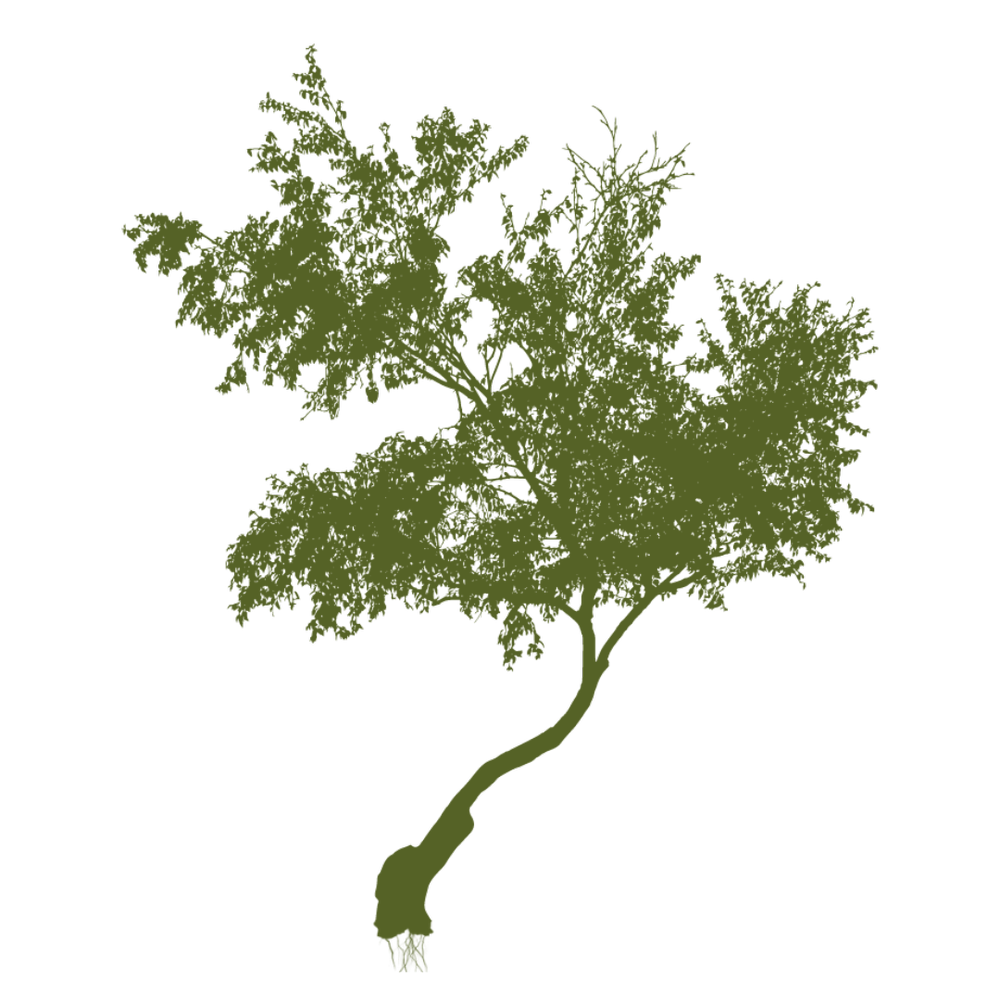This post is inspired by a discussion at the NW Sydney Reggio group meeting in November 2015. The discussion was led by Jill McLachlan (author of Unearthing Why), in attendance were a number of early childhood and primary educators as well as AProf Alma Fleet (author of Conversations Behind Early Childhood Pedagogical Documentation).
Documentation as a form
Generally speaking documentation is the translation of observed experience into some form of communicable medium, usually a combination of words, images and video.
Documentation as a process
In Reggio pedagogy documentation is primarily a tool for professional development. It is a process of forming hypotheses and then investigating those hypotheses, in order to discover deeper principles of teaching of learning. In the words of Jill McLachlan, 'documentation is a way of being that sometimes expresses itself in form'.
Three ways to promote Deep Learning
- Reflection Journal - Keeping a reflection journal is a great way to begin the process of deep learning. Instead of writing what happened, try to think of questions that arise from observations during the day. These questions will usually start with why. Then keep track of any developments or where appropriate devise programs in partnership with students that investigate the questions further.
- Reflection Meetings - Sharing observations and hypotheses in an arena of professional critical reflection is a great way to discover new avenues of investigation. It also adds depth to the discovery of teaching principles, which will inform the approach of an entire team as opposed to one individual. Not to mention creating an atmosphere and culture of professional learning within the organisation.
- Embrace Vulnerability - Children are and will always be inexhaustibly interesting, cute and entertaining. Observing this is nothing new. To make documentation a transformative experience we must look for things we do not understand, embrace what we do not know and be open to navigating new paths of investigation.
Allowing space for discovery: Case study
One more thing to think about is allowing space for discovery. On occasions in my own practice I have observed ways of being, habits or patterns in children's behaviour that immediately make me want to fix things. This attitude presupposes the outcome of an investigation and does not allow for deep learning.
For example, I observe on the playground a kind of play in which a few students collect all manner of available play equipment from the equipment bins, then set up a 'shop' in order to sell them to other students. This presents a problem, some of the other students no longer have the opportunity to play with the equipment. One response might be to intervene in the play, to make a rule outlawing this kind of game. Or I might redirect the game, encouraging the shop keepers to accept more accessible forms of payment such as jokes, cartwheels, high fives etc. And there is another, more difficult yet potentially richer option. That is I initially do nothing. I observe, discuss with my colleagues and form some interpretive hypotheses to investigate further, for example:
- The way equipment is made available to students on the playground encourages individualistic 'collecting' play rather than discovery play;
- The students involved in shop play would benefit from leadership opportunities, in order to engage with other students in new ways and to satisfy a desire to exercise control.
I would then implement some changes, run some programs, ask some questions and continue to investigate, adapt and explore these hypotheses - all the while noting any changes to the students behaviour.
By allowing space to form hypotheses and investigate, we open to discovering things that we could have never otherwise known about students and about our teaching practice.

